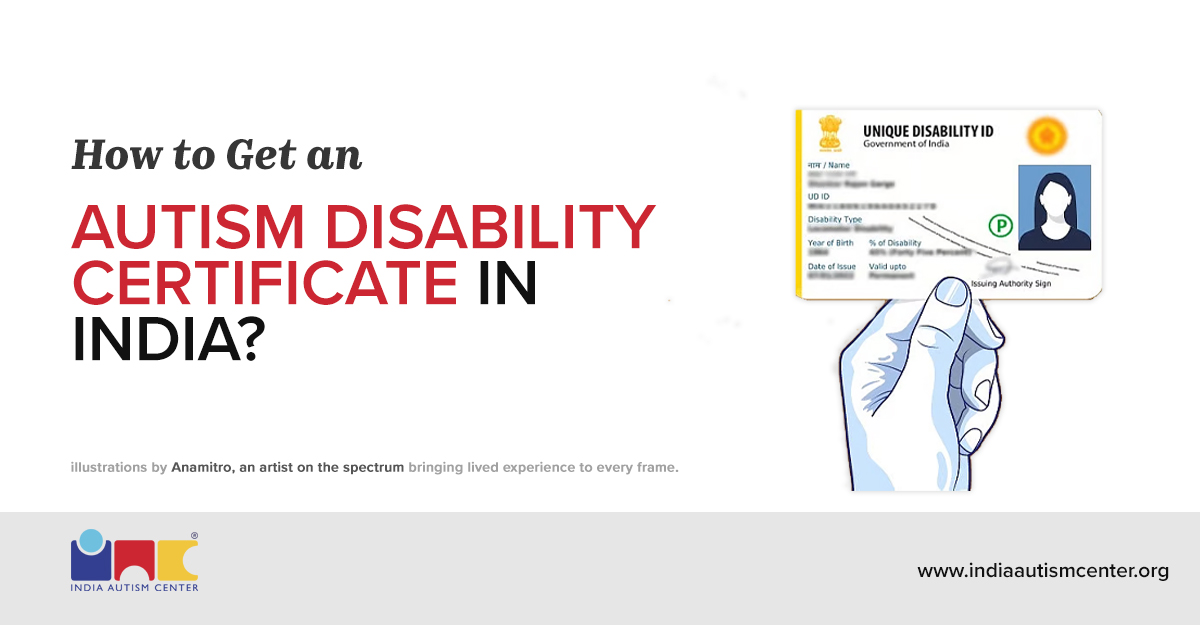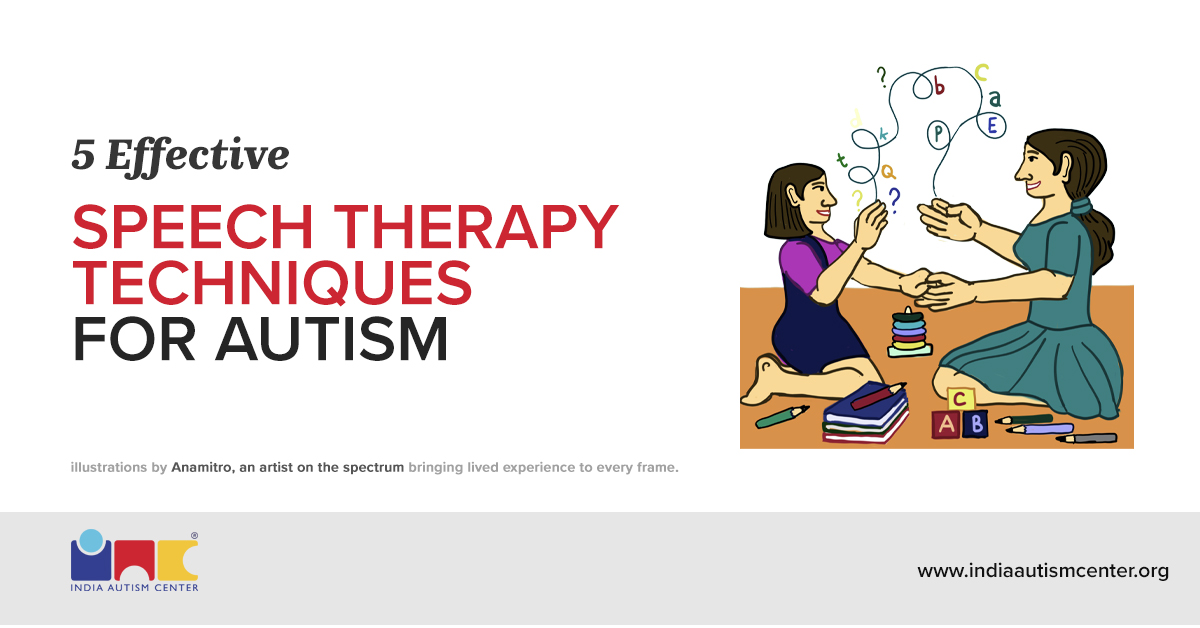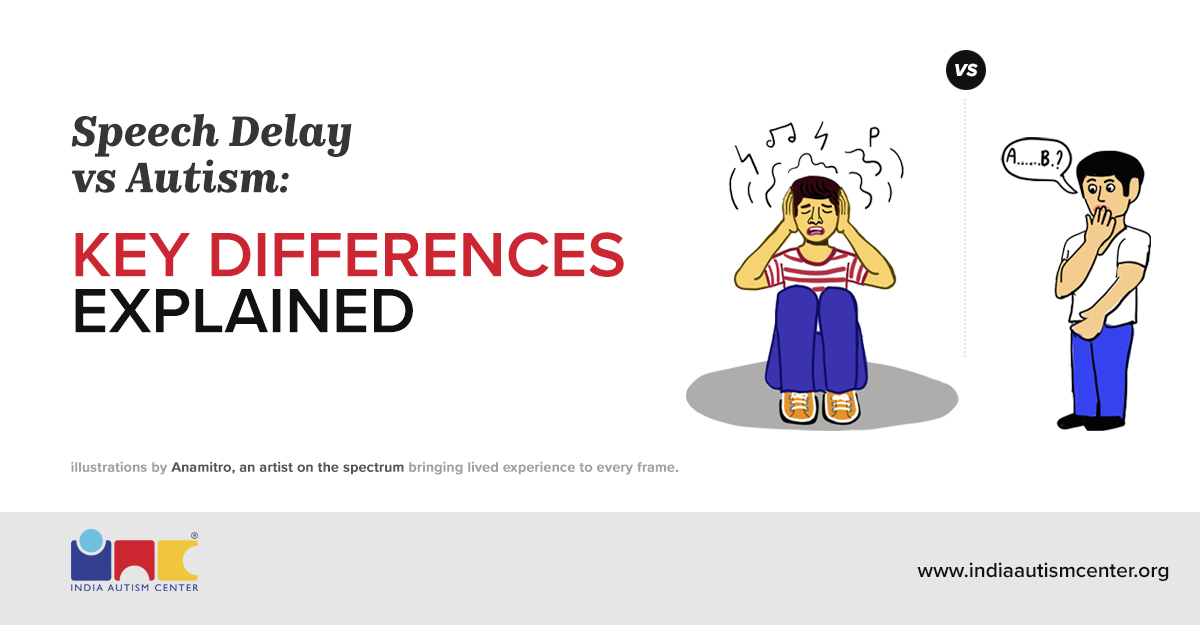Autism meltdowns can be challenging for both individuals on the autism spectrum and their families. Recognizing the early signs of a meltdown is crucial for providing timely support and minimizing distress. In this comprehensive blog, we’ll delve into what an autism meltdown is, how to identify its signs, and effective strategies for dealing with autism meltdowns.
What is an Autism Meltdown?
An autism meltdown refers to an intense reaction triggered by overwhelming sensory or emotional stimuli. It’s vital to differentiate between meltdowns and tantrums. While tantrums are deliberate and aimed at achieving a specific goal, meltdowns are involuntary responses to stressors that individuals with ASD find challenging to regulate. Understanding the key characteristics and triggers of meltdowns is crucial for effective management.
Three Phases of an Autism Meltdown:
Rumbling Phase:
- This initial phase occurs when the individual begins to feel overwhelmed or stressed.
- Signs may include increased agitation, anxiety, or physical symptoms like sweating or shaking.
Rage Phase:
- At this point, the individual experiences an intense emotional and physical response to the stressor.
- They may scream, cry, engage in repetitive behaviours (such as hand-flapping or rocking), and struggle to communicate their needs or feelings effectively.
Recovery Phase:
- Once the stressor is removed or the individual is taken out of the stressful environment, they begin to calm down and recover from the meltdown.
- The duration of this phase can vary, lasting anywhere from a few minutes to several hours.
Autism Meltdown in Different Age Groups:
Adults:
Meltdowns can occur at any age, and adults with autism are just as likely to experience them as children. Social complexities and additional stressors may make meltdowns more common in adults.
Toddlers:
Meltdowns are also common in toddlers, including those with autism. Toddlers with autism may be more prone to meltdowns due to communication difficulties, sensory processing challenges, and struggles with adapting to changes in routine.
Key Indicators
Autism meltdowns can be overwhelming for both individuals with autism spectrum disorder (ASD) and their families. Recognizing the early signs of an autistic meltdown is crucial for providing timely support. Here are the key indicators to watch out for:
Escalating Anxiety:
- Restlessness, pacing, or repetitive behaviours.
- Heightened sensitivity to noise, light, or touch.
Communication Changes:
- Shifts in communication patterns.
- Some individuals may become nonverbal or struggle to express themselves coherently during a meltdown.
- Increased echolalia (repeating words or phrases) might occur.
Physical Agitation:
- Look for physical signs such as hand-flapping, rocking, or hitting oneself.
- Rapid breathing or hyperventilation may accompany distress.
Increased Irritability:
- Individuals experiencing a meltdown may become easily irritated or agitated.
- Their tolerance for everyday stressors decreases significantly.
Withdrawal:
- Some people withdraw into themselves during a meltdown.
- Seeking solitude or covering their ears to block out external stimuli is common.
Hyperactivity:
- Pacing, running, or spinning may precede a meltdown.
- Restlessness and an inability to sit still are noticeable.
Sensory Overload:
- Individuals with ASD often experience heightened sensitivity to sensory stimuli.
- Lights, sounds, textures, or smells can overwhelm them, leading to withdrawal behaviours.
Communication Difficulties:
- Difficulty expressing needs or frustrations verbally.
- Early signs of a meltdown may include increased stuttering, repetitive speech patterns, or difficulty understanding verbal instructions.
Anxiety and Distress:
- Meltdowns can be preceded by signs of agitation, pacing, or restlessness.
- Individuals may cling to familiar objects or seek comfort from trusted individuals.
- Panic or fear may arise without an apparent cause.
Physical Symptoms:
- Physiological changes, such as increased heart rate, sweating, or rapid breathing, may occur before a meltdown.
- Tensing of muscles or physical discomfort, along with digestive issues like nausea or stomach pain, can also be observed.
Remember that each individual with ASD is unique, and their meltdowns may manifest differently. By understanding these early signs and implementing effective coping strategies, family members can provide valuable support during challenging moments.
Dealing with Autism Meltdowns
As a family member, your role is crucial during a meltdown. Here’s how you can provide effective support while dealing with autism meltdowns:
Stay Calm:
- Your demeanor sets the tone.
- Avoid raising your voice or showing frustration.
- Model self-regulation to help the individual mirror your behaviour.
Create a Safe Space:
- Identify a quiet, low-stimulation area where the person can retreat.
- Remove triggers if possible (e.g., loud noises, bright lights).
Use Visual Supports:
- Visual schedules, social stories, and visual cues provide predictability.
- Help the individual understand what’s happening and what to expect.
Offer Sensory Tools:
Provide sensory items:
- Fidget toys for tactile stimulation.
- Weighted blankets for comfort.
- Noise-cancelling headphones to reduce auditory input.
Validate Emotions:
- Acknowledge feelings without judgment.
- Let the person know it’s okay to feel overwhelmed.
Avoid Demands:
- During a meltdown, don’t make demands or ask questions.
- Give the person space and time to calm down.
Learn Triggers:
- Keep a record of potential triggers.
- Understand patterns to prevent future meltdowns.
Autistic Meltdown Adults
Autistic meltdown adults refers to the occurrence of meltdowns in adults who have autism spectrum disorder (ASD). A meltdown in this context is an intense reaction to overwhelming sensory or emotional stimuli, often resulting in a loss of control.
Adults with autism may experience meltdowns due to various triggers such as sensory overload, communication difficulties, changes in routine, or social stressors. These meltdowns can manifest as emotional outbursts, self-injurious behaviours, withdrawal, or agitation.
Recognizing and understanding autistic meltdowns in adults is crucial for providing appropriate support and intervention to help manage and prevent them.
Seeking Professional Help:
It’s crucial to recognize early signs of an impending meltdown and intervene promptly to prevent escalation.
Common early signs include:
- Increased anxiety or stress.
- Heightened stimming behaviours (such as rocking or hand-flapping).
- Withdrawal from social situations.
- Repeating phrases or words.
- Avoiding eye contact.
Conclusion
By understanding the early signs and implementing effective coping strategies, families can create a supportive environment that helps individuals with autism manage meltdowns more effectively.
Remember that each person’s experience may vary, and seeking professional guidance is essential for tailored strategies and support. With patience, understanding, and the right support, families can navigate autism meltdowns with greater ease and confidence.






